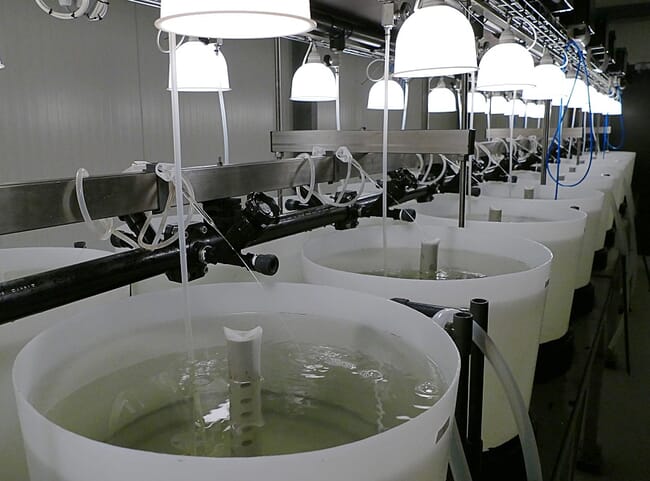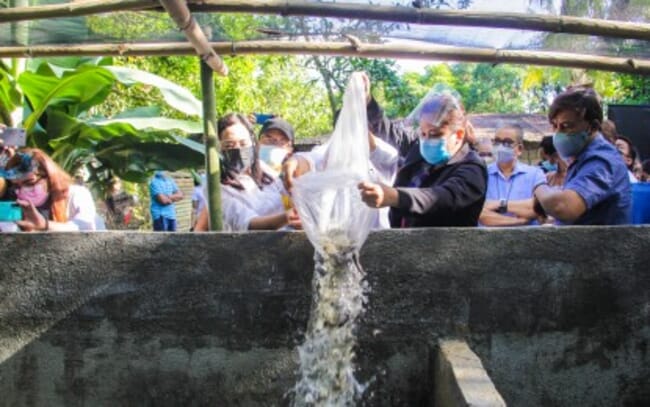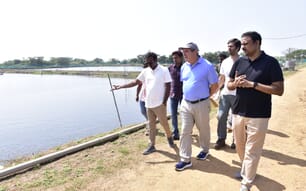
© BioMar
The BAFR, which is part of the wider Department of Agriculture, is keen for the country’s aquaculture sector to grow. As part of this effort, the Philippines is greenlighting fish hatcheries across multiple cities and hopes that the effort will keep fish supplies stable.
“We are eyeing to increase our local source for fingerlings through legislated hatcheries which are intended for fry production,” DA Undersecretary for Agri-Industrialisation and for Fisheries Cheryl Caballero said in an interview on 16 February with the Philippine News Agency.
Caballero said the fingerlings will be distributed to satellite nurseries and local operators.
“Then assuring the source for bangus fingerlings [for the] grown-out areas. Included also are fry production for tilapia, pompano and siganid —which has 104 percent production at present,” she said.
Earlier this year, Senator Cynthia Villar pushed for the government to establish more official fish hatcheries to sustainably shore up the country’s supply of marine products.

© BFAR
As chairperson of the Senate committee on Agriculture, Food and Agrarian Reform, Villar led the hearing in January 2022 for the 11 House bills and one Senate bill which seeks to build additional fish hatcheries.
Back at BFAR, Caballero said that promoting aquaculture will help mitigate losses from fishing industry, which is vulnerable during typhoons and other natural disasters.
She said the country stands to gain from an expanded aquaculture sector when compared to relying on wild catching or fishing in the open sea.
DA-BFAR particularly cited Typhoon Odette that left the fisheries sector with PHP 3.97 billion ($77.3 million) in damages. The fishery sector’s damage from Typhoon Odette represented 29.8 percent of the Philippines’ total agricultural losses, which was valued at PHP 13.3 billion ($259 million).




